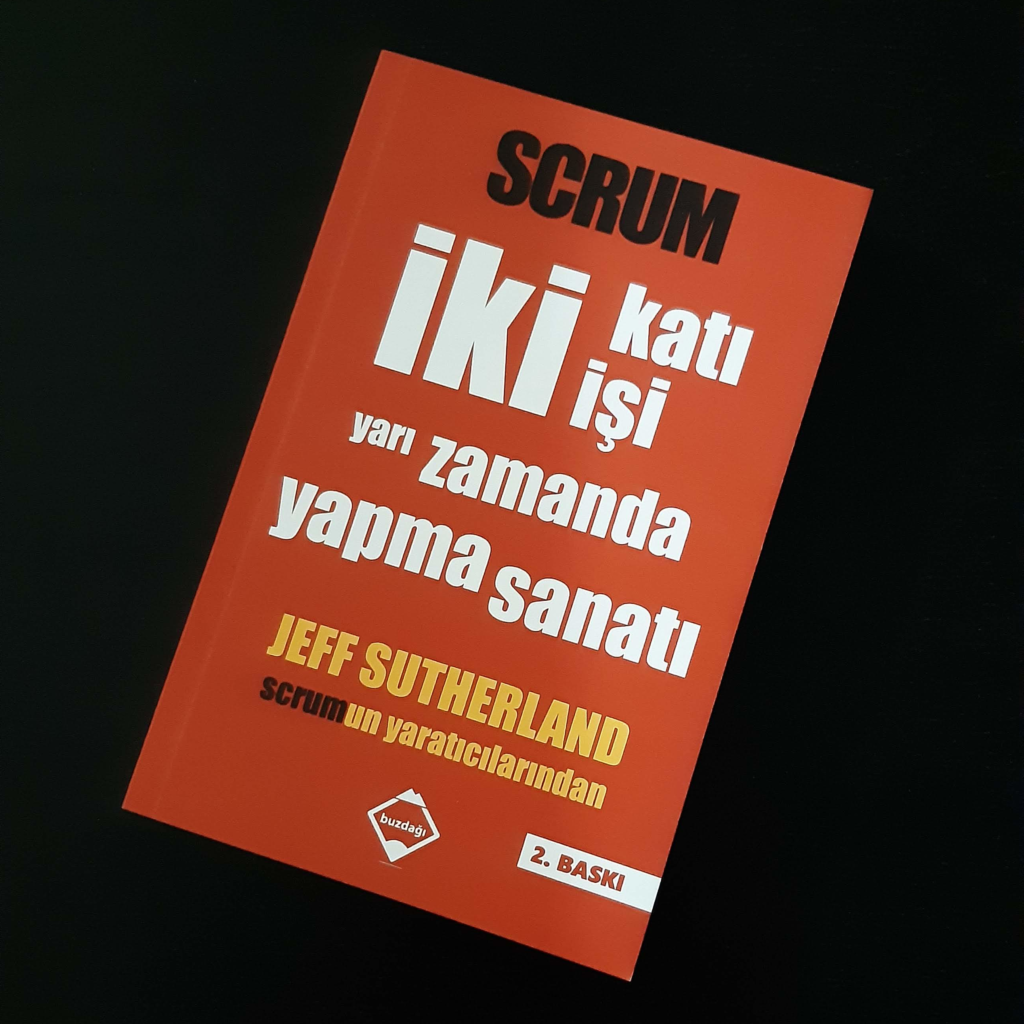Book Recommendation Series #1
Book Recommendation Series #1
“Scrum: The Art of Doing Twice the Work in Half the Time” by Jeff Sutherland

If you ever find yourself questioning the way you work as much as what you work on, maybe it’s time to pause and take a look at your management methodology. This revelation occurred to me during the later days at my start-up. The waterfall method implemented in our engineering projects usually seemed to fall short and quickly diverge from the real situation on our hands. In all my naivety, I nearly convinced myself into believing that all the planning prior to implementation was a tool among many, to convey or present our project to others and just to be discarded once initiated.
Of course the world is not that simple. And neither the waterfall method is all but useless nor we are totally incapable of running a project all by ourselves. With a quick search you can easily conclude that pondering on better project management methodologies is not a new trend. Nowadays you can choose among more popular approaches such as Kanban, Agile, Scrum, PRINCE2 and PMP. They often are not a direct substitute for each other and differ in the way they perform within a project. I am sure you can easily find ample resources on the definitions and basic principles of the aforementioned methods and many more.
Today I want to talk more about Scrum and suggest an introductory level book. Mainly focusing on customer requirements, Scrum methodology is a variation of Agile philosophy. It is best suited for projects that consist of highly focused and skilled teams of less than seven people, where a flexible approach is needed to deliver a product or service. The idea behind this is to be adaptable to what comes up and work in the most efficient manner possible. The product is delivered incrementally and the features are added bit by bit, while incorporating feedback until all the customer requirements are met.
The book Scrum: The Art of Doing Twice the Work in Half the Time tells the story of Scrum that has been evolving at the hands of pioneer Jeff Sutherland since 1993. His simple motto sums up the driving motivation behind Scrum, “More can be done faster and cheaper”. Sutherland draws from his own 30+ years experience and provides many real-life examples where Scrum is used and led to success. Do not mistake it as another regular textbook on Scrum, as his narrative accentuates the backgrounds and reasons towards the creation of what we now know as Scrum.
The definition and theory of Scrum, as well as its fundamental elements, are thoroughly explained in the book, with detailed descriptions of team roles, events and artifacts in a basic application of Scrum. In the meantime, you will also follow general discussions such as the benefits of Plan-Do-Check-Act cycles or the problems with Gannt charts. The book ends with real-life cases where Scrum -even originally developed for software development- is used in a variety of different fields such as education, government and even in social communities. Read this book first and reflect on your current process to figure out what you may have been missing.
At the end of the day, I am not claiming that Scrum is the ultimate project management approach that we all should learn about and implement immediately. It’s only fair to point out that there also are some misgivings about it in the community. For instance, one of my former colleagues who is using Scrum in his company recently told me that some aspects of it fall short and needs improvement for the hardware development projects. However, one cannot be sure about which approach to use without comprehending its principles and testing its performance first. Also it’s better to keep in mind that all project management approaches can be modified towards our particular way of doing things, thus perfected by our particular preferences and unique conditions. So if you are into project management, it’s undoubtedly worthwhile to study different approaches and follow recent trends as much as you can.
One last thing to note; do yourself a favor and stay away from the Turkish edition of the book if you can access the original, English edition. Unfortunately, the translation is riddled with inconsistencies and generally lacks in the way the subject material is presented. I regularly stumble upon somewhat inconsistent phrases, often wondering how that certain part is written in the original form and what it actually means.
I am hoping to make this book recommendations a regular series where I will share my humble thoughts on books about any business-related subject. Until next time, keep reading.


